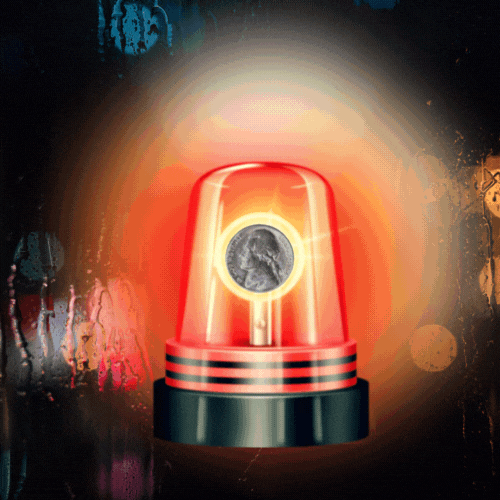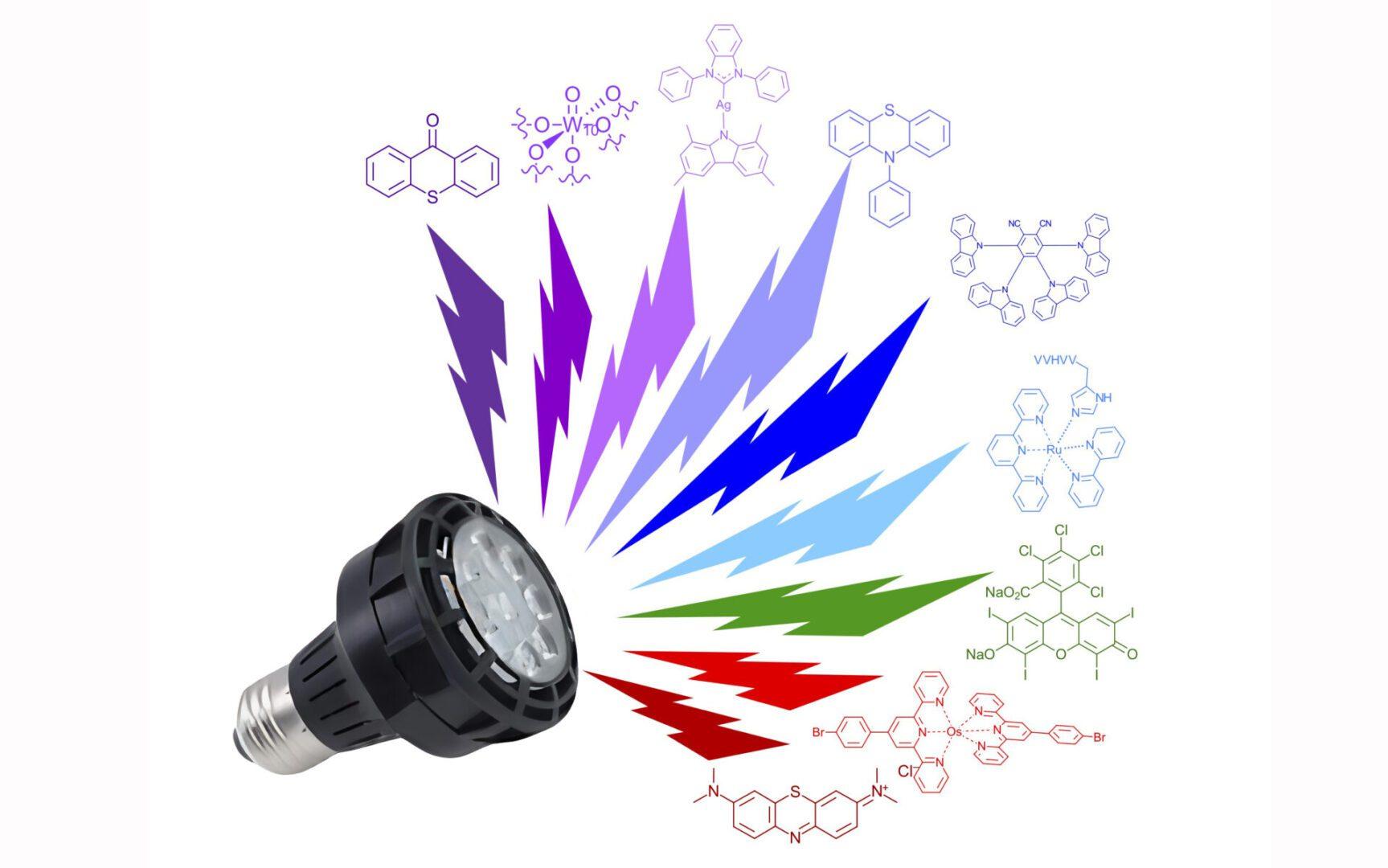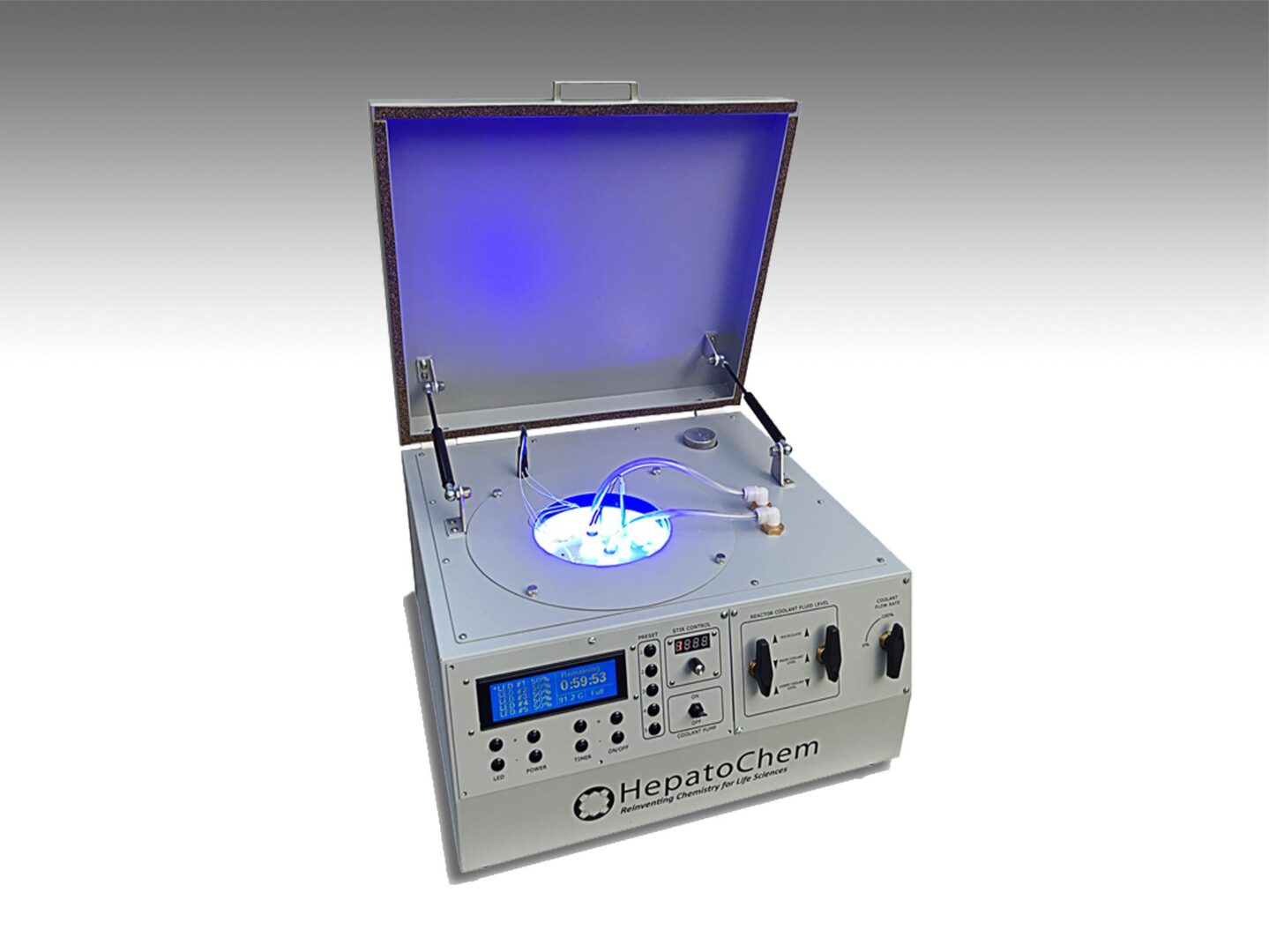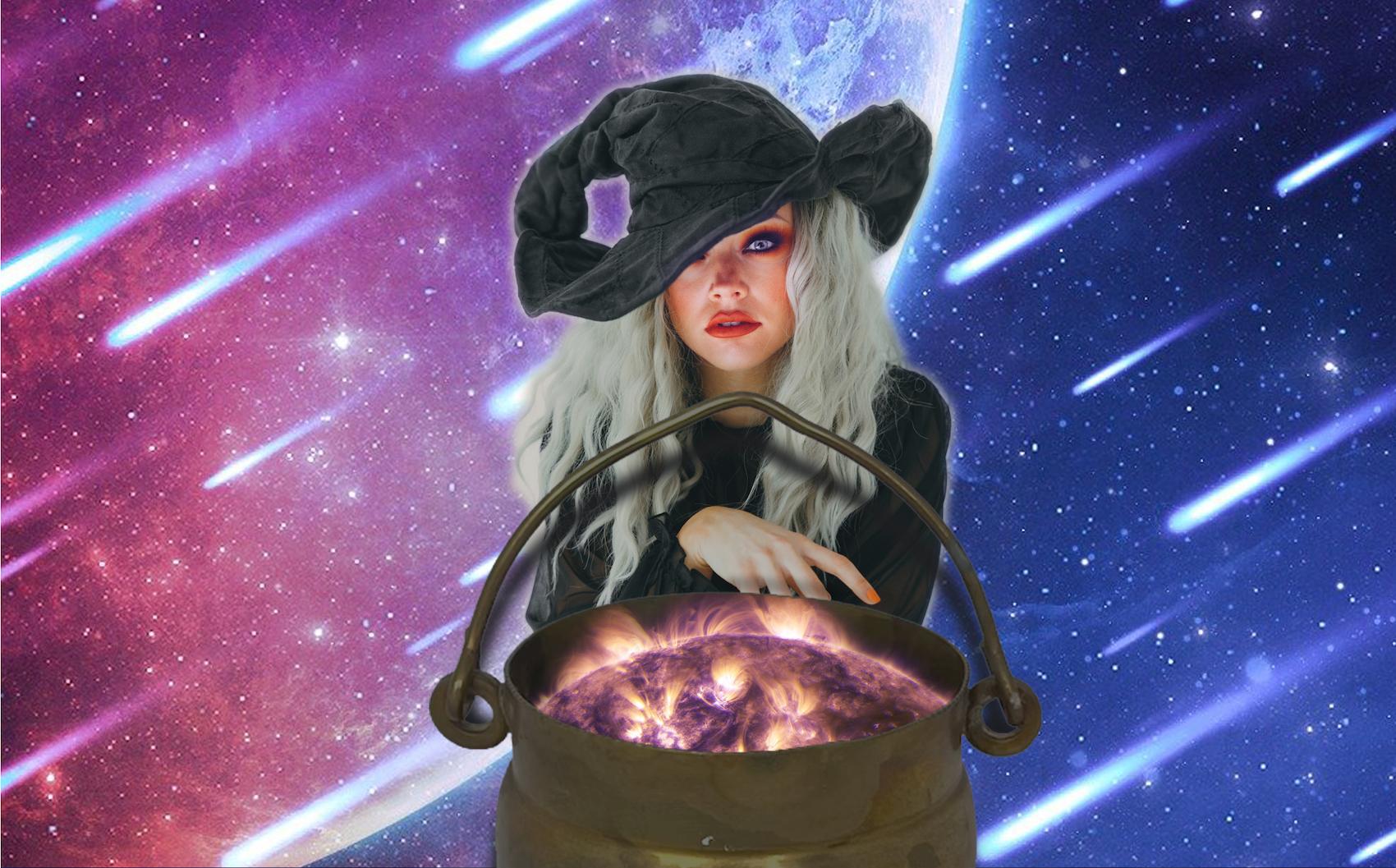Our UV Photoreactor Lucent360™ is available with LED light sources at 254 nm, 300 nm, 310 nm, 340 nm, 365 nm as well as visible light (see here).
This UV photoreactor Lucent360™ is capable to perform experiments with several wavelengths simultaneously and a temperature controlled from 0°C to 80°C. The glassware is available in quartz material.
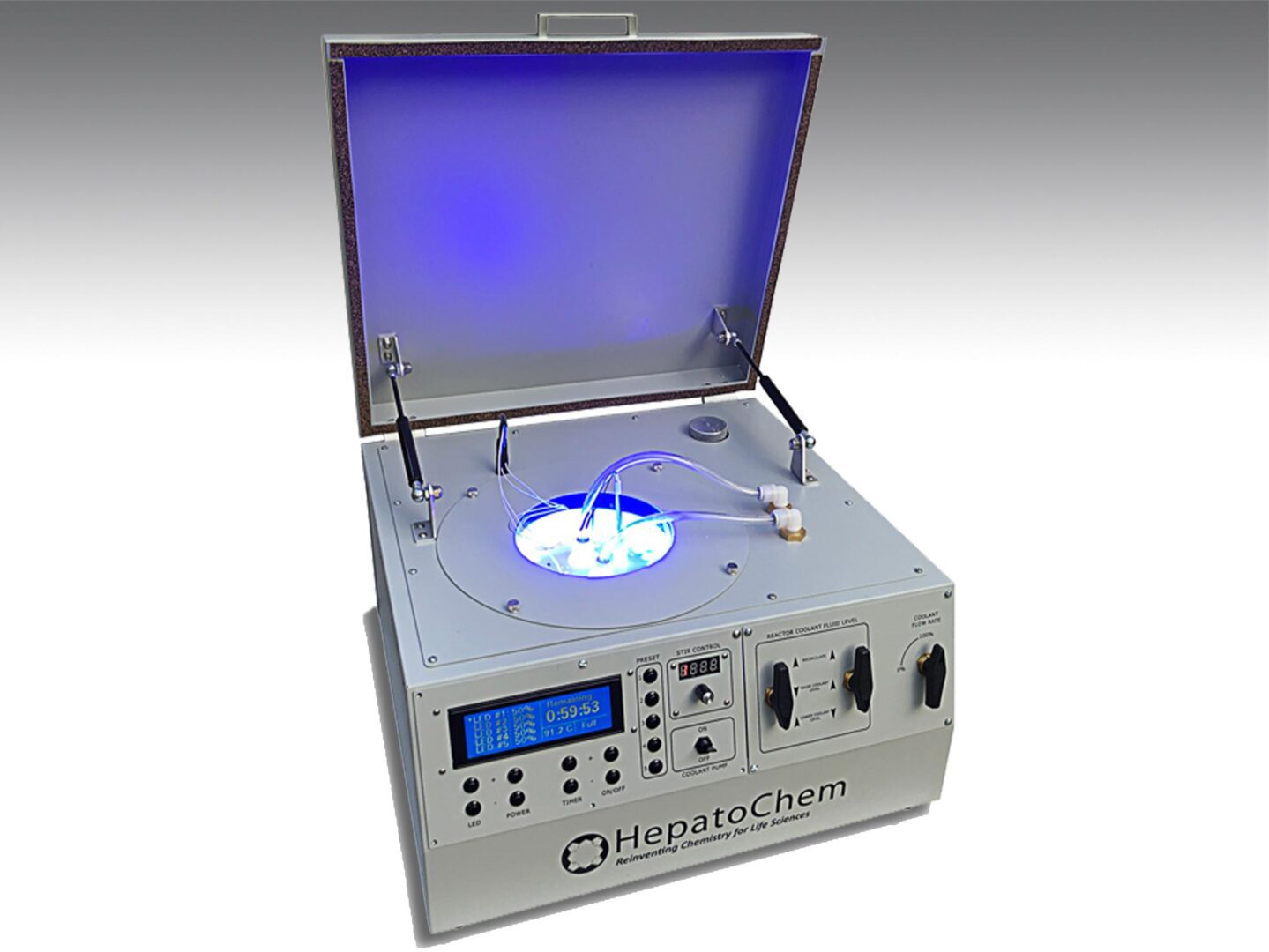
Lucent UV Side Lights
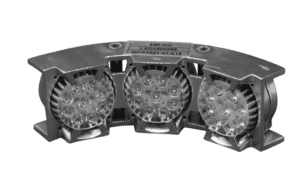
| LED Name | Spectrum | SKU | λ |
|---|---|---|---|
| Lucent360 Side light 254 nm | 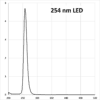 | HCK1021-01-037 | 254 nm |
| Lucent360 Side light 275 nm | HCK1021-01-045 | 275 nm | |
| Lucent360 Side light 300 nm | 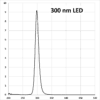 | HCK1021-01-039 | 300 nm |
| Lucent360 Side light 310 nm | HCK1021-01-041 | 310 nm | |
| Lucent360 Side light 340 nm | 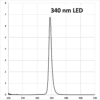 | HCK1021-01-043 | 340 nm |
Lucent UV Bottom Lights

| LED Name | Spectrum | SKU | λ |
|---|---|---|---|
| Lucent360 Bottom light 254 nm | 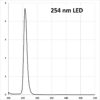 | HCK1021-01-038 | 254 nm |
| Lucent360 Bottom light 275 nm | HCK1021-01-046 | 275 nm | |
| Lucent360 Bottom light 300 nm | 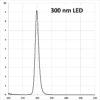 | HCK1021-01-040 | 300 nm |
| Lucent360 Bottom light 310 nm | HCK1021-01-042 | 310 nm | |
| Lucent360 Bottom light 340 nm | 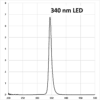 | HCK1021-01-044 | 340 nm |
We tested the Lucent360 UV capability using 2 different reactions; an actinometric reaction using the photoisomerization of a azobenzene (Fig. 1) and a [2+2] photocycloaddition of maleimide and 1-hexyne (Fig. 2).

Figure 1
Figure 2


